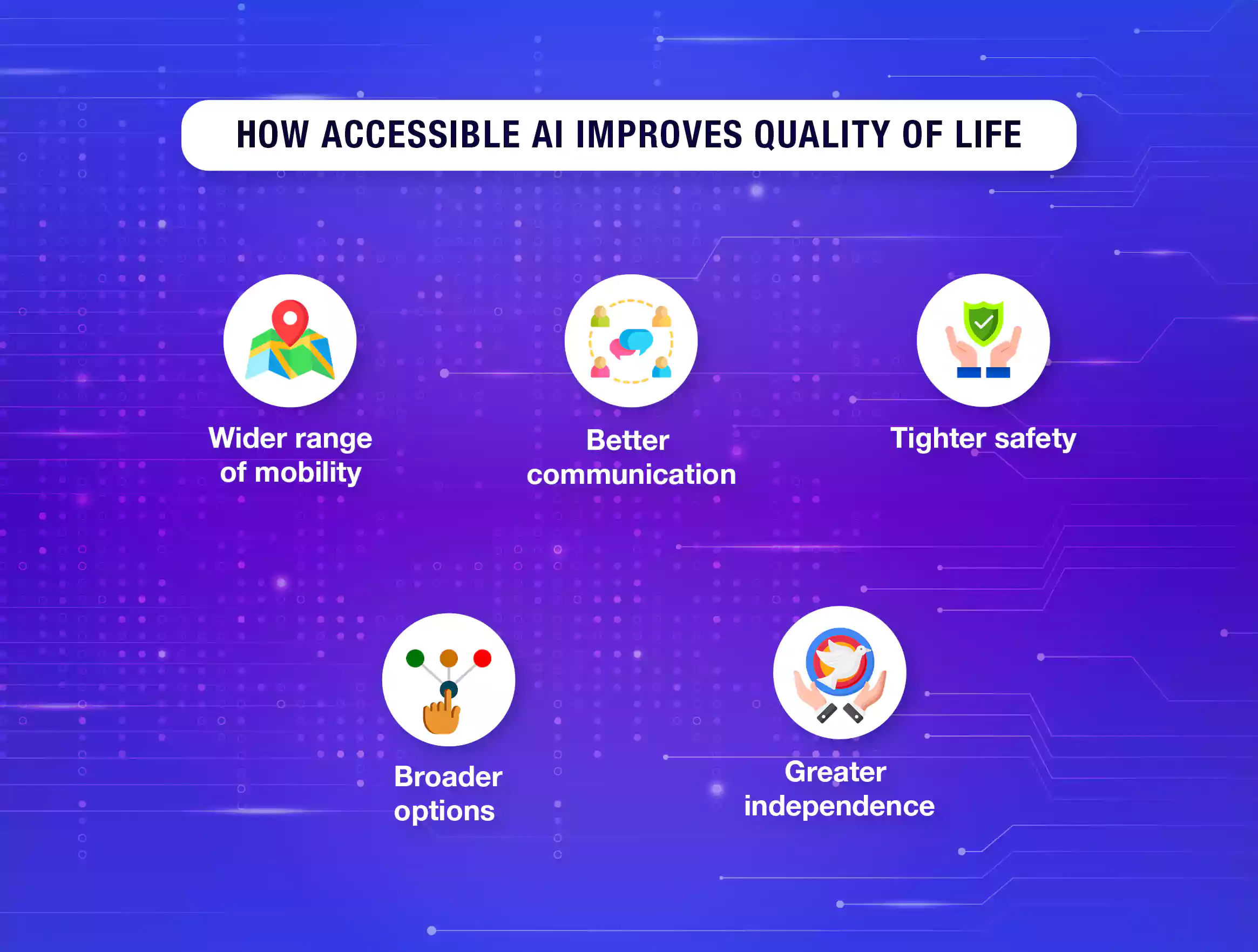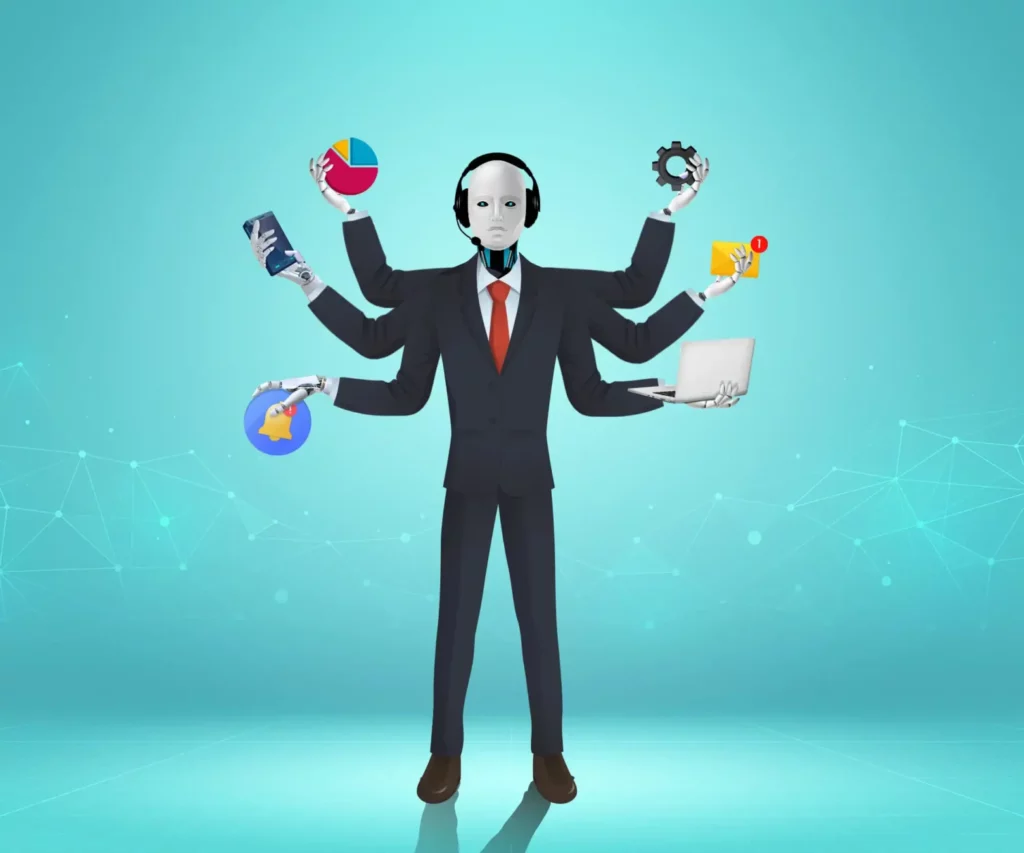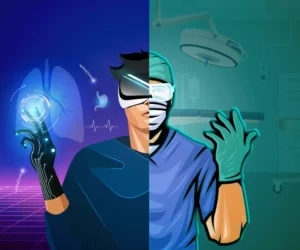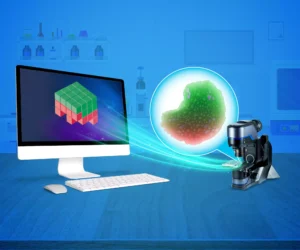
Artificial Intelligence (AI) has undergone rapid growth in recent years. Along with it, its influence in various fields has diversified. One area in which AI can be particularly beneficial is improving accessibility for people with disabilities. However, before we look at how AI has enhanced the quality of life, let me explain what AI is for the uninitiated.
Understanding AI
Essentially, AI is a technology that processes massive amounts of data. This data can include text, voice, and images. Furthermore, AI processes this data at terrifying speeds. Then, based on the requirement, AI searches the data for patterns and uses those patterns to help solve problems. Now that we have a basic understanding of what AI is, let’s define what we mean by ‘disability’.
Understanding disability
Many types of disabilities (developmental, cognitive, intellectual, physical, etc.) can hamper people from living life how they wish. Additionally, it is essential to remember that disability can be temporary or situational—it is not always permanent. There are, of course, numerous nuances to disability. Nevertheless, a broad perspective is sufficient to understand how AI can contribute to improving accessibility. And now, on to the applications of AI that address special needs.
Software tools that use AI to improve accessibility
1. VizWiz
The first on our list is Vizwiz, a software that helps visually challenged people navigate mundane tasks in unfamiliar environments. However, it began as an app. This app enabled users to take photographs accompanied with basic questions such as “what does this button do” or “how do I cook these”. Staff and volunteers receive these images and questions and answer to the best of their ability. The information is then sent back to the person through the app.
After conducting some research, VizWiz found that most questions were about how specific devices worked. As newer devices became flatter and smoother, buttons were harder to tell apart by touch. So, they devised the idea of labelling things on the app. So, now, the person would take a photograph and send it to the staff, who would try and label all the buttons or features. This way, the sender of the query did not simply receive one answer but could move their finger from one button to another, and the app would tell them which button their finger was on.
2. Seeing AI
Microsoft has been rather active in their efforts to make the world more accessible for people with disabilities. Seeing AI is one of their apps. It helps people point a camera at something and hear what they are pointing at, similar to VizWiz. I downloaded the app to try, and I was reasonably impressed with the accuracy. While it was not always perfect, it tended to provide me with sufficient helpful information.
The Seeing AI app has features ranging from reading short text passages to lengthier documents. It can also describe a scene around a person, the number of people, their estimated ages, and even their emotions.

3. Scribe
For people who either cannot hear at all or struggle to hear, attempting to stay with a conversation can be very challenging. Lip reading and contextual clues can only take you so far. Scribe is a software that helps improve accessibility in this regard. The goal is to convert spoken language into text as quickly and accurately as possible.
The system is relatively simple. A person pulls out their phone and begins to record through the software what another person is saying. The recording goes to a server from where it is sent to people to transcribe the audio. Once the transcription is complete, it is sent back to the server and then to the original person as text. However, the problem is that people cannot type quickly enough to keep up with how human beings speak. AI is fast enough but will struggle to decipher spoken language with various accents and intonations. In addition, background noise, echoes, and other disturbances that are a part of the recording could hinder the process.
Scribe uses a combination of people and AI to counter this problem. Instead of having one person type out everything, they have multiple people typing out short phrases—only two or three words at a time. Each person receives a different part of the recording. The AI assembles the text that comes back, and the user gets the complete text. Thus, Scribe can function without professional typists.
In due course, AI will be able to fill in more and more gaps, and the software will need fewer people to work on each recording.
4. Google’s Sound Notifications
The ability to read as text what somebody is saying is not quite enough. For instance, what would you do if, as a deaf person, you were lying in your bed and the smoke alarm went off in your house?
With Google’s Sound Notifications app, users receive haptic (touch and motion) feedback on their phones or smart watches when the microphone picks up certain sounds. The sounds that the app picks up could range from a knock on one’s door to a siren or alarm.
5. Project Guideline
Thomas Panek is an athlete, a father, and a CEO. He is also blind. To run, Panek relied on the help of another human runner or a dog to help guide him. Consequently, he could never run as freely or as quickly as he would have liked. So, in 2019, Panek went to a Google event and asked a group of designers whether they could develop something to help blind runners navigate on their own.
As a result, Google developed software that people can use on smartphones even without internet access. For example, the software would tell the runner to swerve left or right based on a line laid out on the road in front of them. It enables blind runners to run without accompaniment and provides a sense of freedom they might otherwise have never experienced.
The importance of accessibility
Everybody deserves to live a whole life, one in which they may find happiness, but not everybody gets that. Over 1 billion people worldwide live with a disability of some kind. Making their lives easier and helping them to claim a seat at the table is one of the most incredible things that AI can do. The best part is that most of this technology is not only for improving accessibility for people with disabilities—it can make anybody’s life easier. After all, Alexa, while enjoyed by individuals who are visually or physically impaired, is just as much a fixture in anyone else’s home.
The only challenge that remains is for designers to include diverse perspectives in the development of AI. AI relies on data, meaning that the data received by AI is of utmost importance. If the data includes the opinions and experiences of people living with disability, AI can be more beneficial to everybody.
“People with vision don’t want blind people to take risks. The safest thing for a blind person to do is to sit still. I ain’t sitting still.”
Thomas Panek


